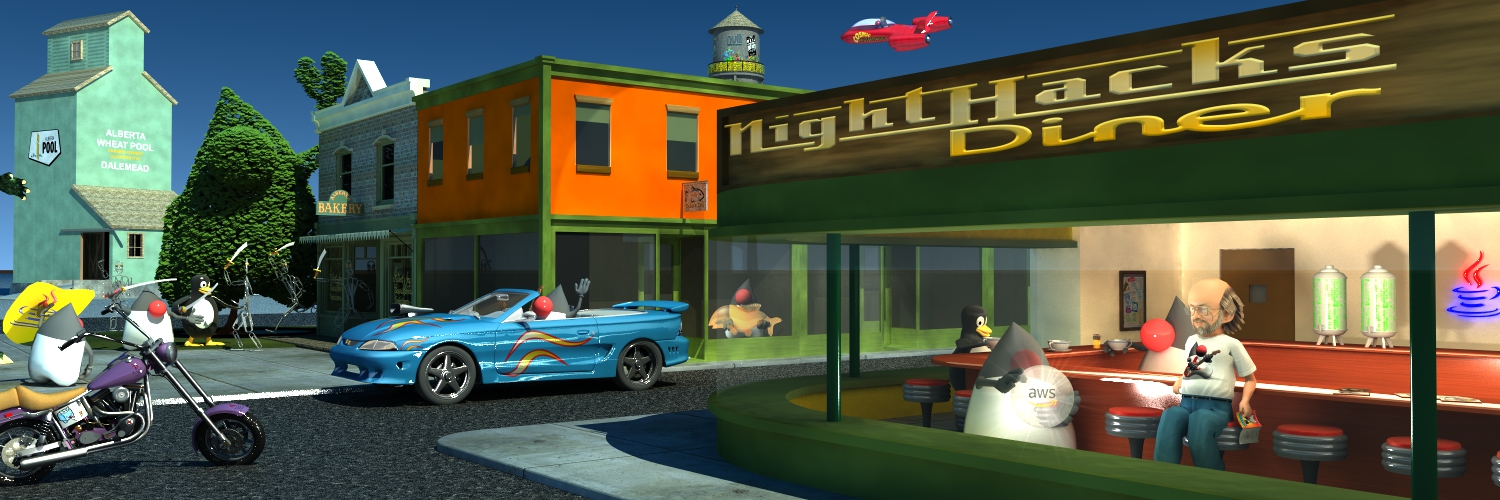Back from Siggraph
 Siggraph has been a lot more interesting the last couple of years.
For a while there it felt as though there was an algorithm for
generating Siggraph papers: dig through 100 year old physics
papers, then do the straight-forward brute force numerical
evaluation. Moore's law creates magic. In Glenn Entis's keynote he
did a lot of then/now comparisons of the progression of images in
Siggraph papers. Exponentials are powerful things. But it's amazing
how the complexity of the universe sucks up that performance gain:
just turn on "radiosity" in your favorite renderer, and watch a
decade of gains slip away. But hey, it works! A decade ago
radiosity was a too-expensive curiosity.
Siggraph has been a lot more interesting the last couple of years.
For a while there it felt as though there was an algorithm for
generating Siggraph papers: dig through 100 year old physics
papers, then do the straight-forward brute force numerical
evaluation. Moore's law creates magic. In Glenn Entis's keynote he
did a lot of then/now comparisons of the progression of images in
Siggraph papers. Exponentials are powerful things. But it's amazing
how the complexity of the universe sucks up that performance gain:
just turn on "radiosity" in your favorite renderer, and watch a
decade of gains slip away. But hey, it works! A decade ago
radiosity was a too-expensive curiosity.
I really liked the blend of beauty and cleverness that wove through a lot of the papers this year. One of my favorites on that scale was Digital Bas-Relief from 3D Scenes by Weyrich et.al. It's all about the gradient field! Throw away Z. Cool... Some, like Rendering for an Interactive 360º Light Field Display had a delightfully Rube Goldbergesque feel to them: what would you do with a strange spinning mirror and a 5000 (yes, five thousand) frame-per-second graphics card and projector?
| August 14, 2007 |
